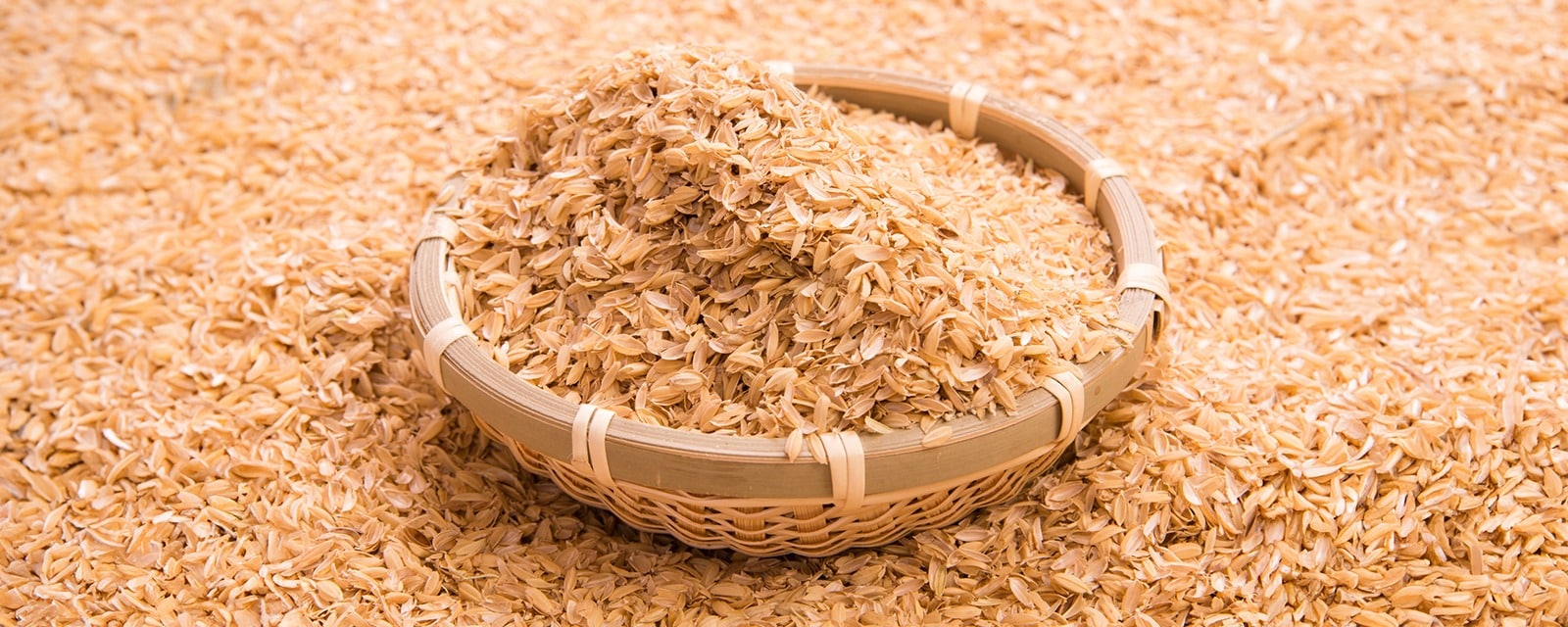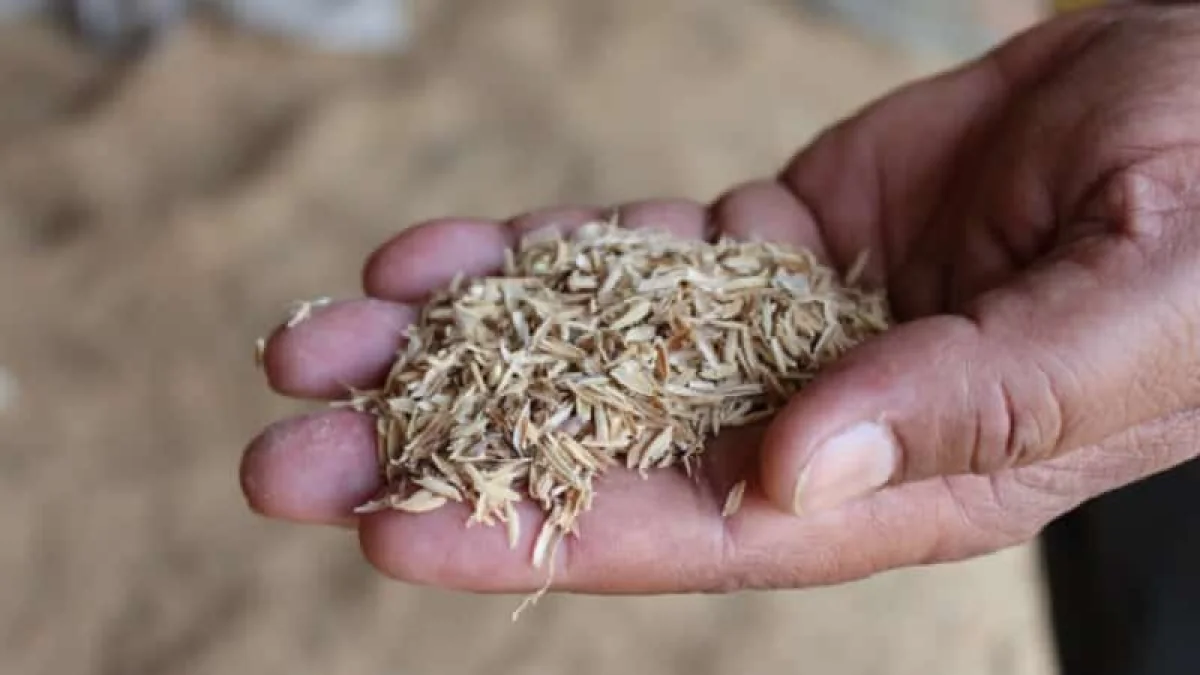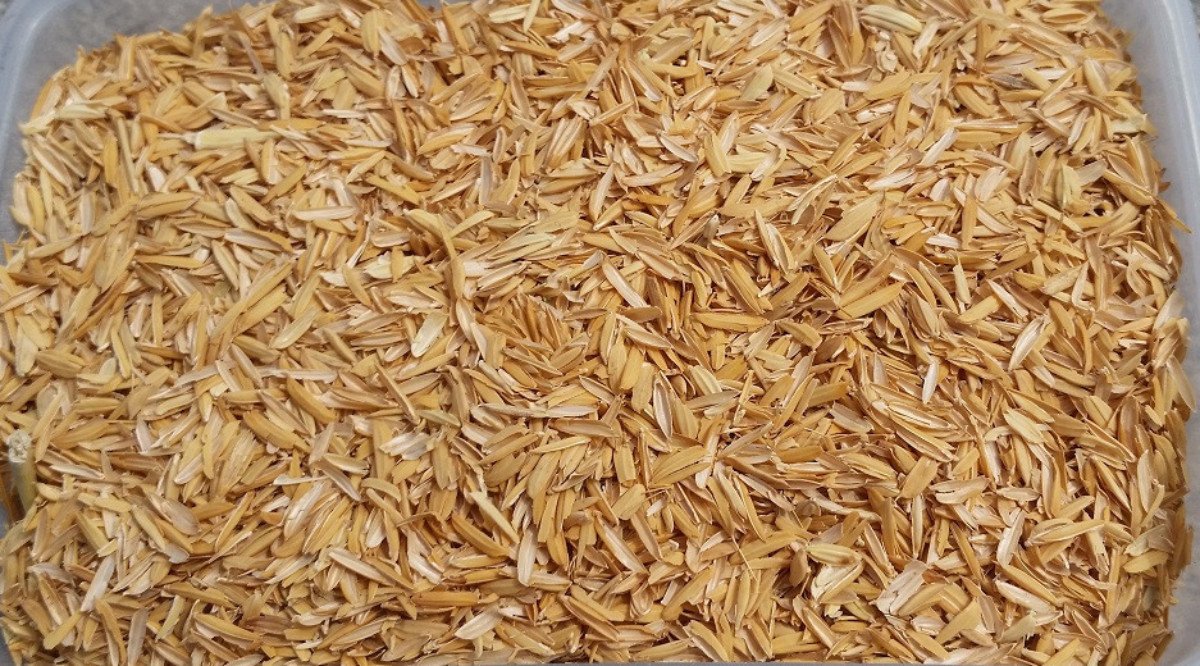- 0301 2338777
- info@twil.pk
- Monday to Saturday 9:00am to 06:00pm

- Home
- About Us
- Products
- Minerals & Ores
- Fly Ash
- Pumice Stone
- Ultra Foam
- BS100-AAS Powder Abrasive Media for Casting Foundry
- Calcium Carbonate Powder Tradeworth International
- Ultracrete Pumice Masonry Blocks
- Clc Blocks Trade Worth International
- Foaming Agent
- Lightweight Block
- Mill Scale
- LimeStone
- Cat Litter Sand
- Marble Polishing Powder
- Micro Silica Fume
- Rice Husk
- Ultra Growth Plant Growing Media
- Blog
- Shop
- Contact Us
Rice Husk
- Home
- /
- Rice Husk
The rice milling industry produces a significant quantity of rice husk as a by-product during the processing of paddy harvested from agricultural fields. Traditionally, this rice husk is utilized as a fuel source in boilers for steam generation within rice mills and is increasingly used for power generation due to its good calorific value. When burned, rice husk leaves behind Rice Husk Ash (RHA), which typically constitutes around 20–25% of the original husk weight.
With global rice production increasing, it is estimated that more than 70 million tons of RHA are generated annually across the world. Unfortunately, a large portion of this ash is discarded without proper management, creating a serious environmental challenge. Open dumping of RHA leads to pollution, land degradation, and air quality issues due to its fine, lightweight particles being easily dispersed by wind.
However, Rice Husk Ash is not just a waste product — it is a valuable industrial resource, especially when processed under controlled conditions. RHA contains a very high percentage of amorphous silica (up to 85–95%), making it suitable for wide-ranging applications such as cement and concrete production, refractory materials, ceramic products, steel industry additives, and soil conditioning in agriculture.




